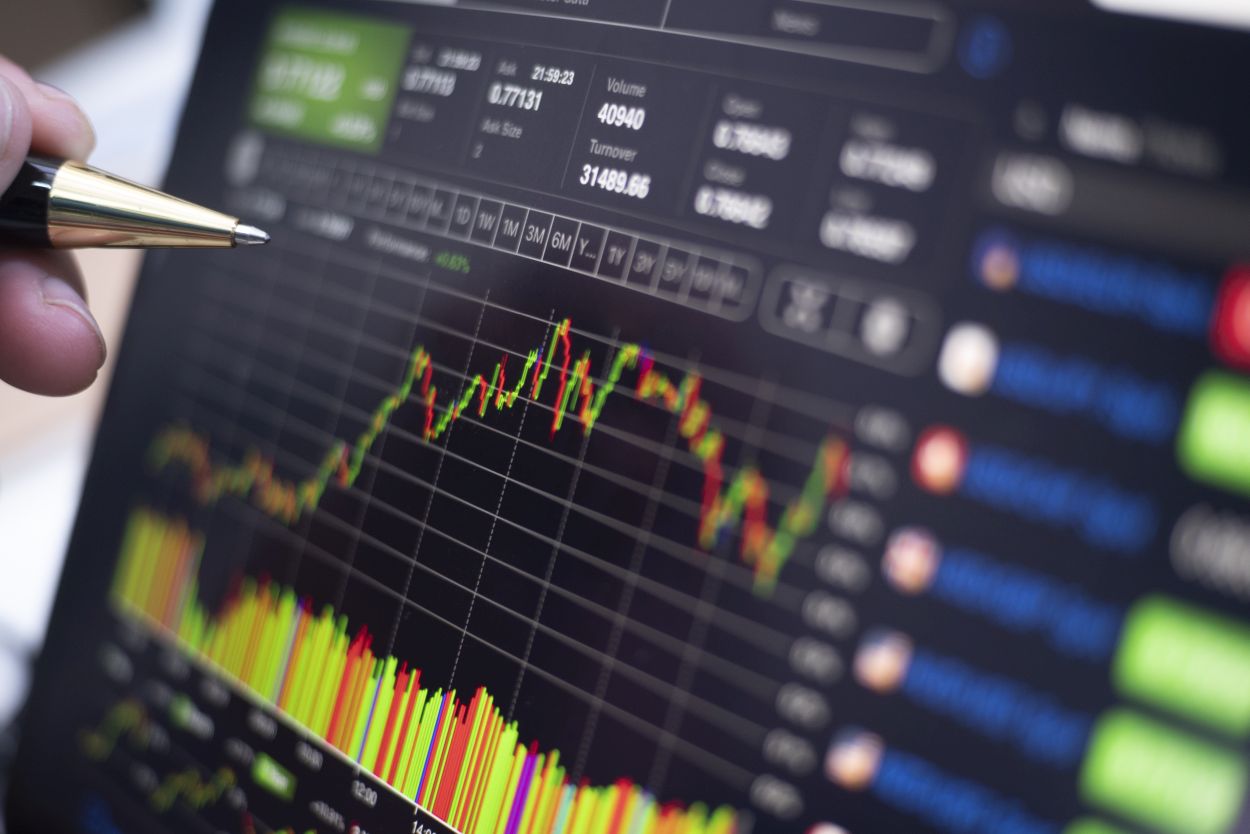The GBP/USD exchange rate returned above the psychological resistance level of 1.20 for the first time since August in short trade on Wednesday. The U.S. dollar extended losses after data showed major U.S. manufacturing sectors slipped further into recession this month and the domestic labor market may begin to crack. Retracement gains took GBP/USD to the 1.2080 resistance level, a three-month high. It was broadly traded at $ , for most of yesterday’s trading session, but the dollar’s losses deepened after the Labor Department reported the biggest weekly increase in new US jobless claims since August and after the global PMI of SandP fell to new post-pandemic lows. . This is disappointing but not entirely surprising, says Ian Shepherdson, chief economist at Pantheon Macroeconomics. „We are increasingly inclined to believe that the trend of claims is now slightly increasing, as businesses are under increasing pressure from the aggressive tightening of the Fed,” he adds, referring to data on jobless claims. , new US jobless claims hit 2 0,000 in the week to last Friday, which looks set to lift the pound to 1.20 against the dollar, despite Standard and Poor’s global surveys. Managers are buying late, allowing GBP to rise above 1.20 again. Standard and Poor’s global purchasing managers’ surveys showed that activity in the manufacturing and services sectors fell this August at the fastest pace and steepest rate since the 2008 financial crisis, as the recession deepened in both sectors. Advertisement Are you ready to place your orders? OPEN FREE PRACTICE ACCOUNT New orders from domestic and foreign customers fell in November, while hiring slowed in both sectors as demand weighed on high inflation and higher interest rates, although there were signs that price pressures may now ease. Similarly, SandP said: „Companies raised their selling prices at the slowest pace in just over two years due to slower growth in input costs. The pace of headline inflation was significantly slower than earlier in the year. The loss of $ , deepened after the PMI data release while the dollar stabilized shortly after the Census Bureau reported that US new home sales rose by 632,000 in October, up from 588,000 in the previous month and the first gain in three months. „It is impossible to compare sales growth with a collapse of mortgage demand.” says Shepherdson of Pantheon Macroeconomics. He adds, „This price strength cannot be sustained, even if the current housing stock remains low. We estimate that prices will have to fall about 20 before reaching a more sustainable income level. .” The data came alongside data from the University of Michigan showing that consumer inflation expectations softened this month and the Fed is likely to be happy about that, so the dollar’s respite may have been short-lived. GBP/USD Analysis Today: GBP/USD is moving on the daily chart below in an uptrend that culminated in testing the psychological resistance level of 1.2000. At the same time, it pushed the technical indicators to an overbought level. I expect higher sales due to the pound dollar. Bullish The closest targets are currently 1.2085, 1.2130 and 1.2200. On the other hand, a break of the current trend can occur when the currency pair moves to the support levels of 1.1860 and 1.1690, respectively, according to the development of the same period. The currency pair is not waiting for important UK data, it is a US holiday and investor sentiment is the number one driver of the currency pair.



